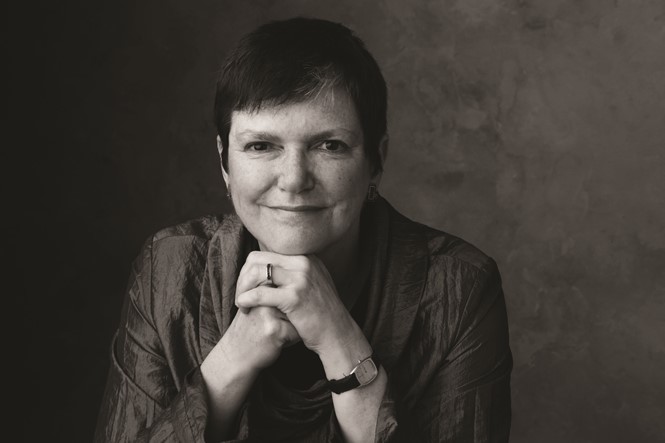Opinion: Audio branding dos and don'ts

Audio branding builds brand value. Your brand deserves a coherent system of sound and music created specifically to convey its values and advantages of your brand. Your brand can make every touchpoint a relationship-builder. Any company with a brand identity and a style guide should also have audio identity and an audio style guide.
Don’t leave audio strategy until the last minute. Just like creating your visual brand’s foundation strategy and elements, plan your music and sound at the outset. Don’t confuse audio branding with entertainment. It has a strategic, trust-building job to do. Your goal is to completely define the audio universe for your brand, just as your graphic standards define your brand’s complete visual universe.
Don’t forget that impact without meaning can be distracting and counterproductive. Your audio footprint must convey the brand’s essence, promise and values. Even if your colleagues love nostalgic music, don’t be tempted to use it if your brand stands for forward-thinking innovation. Don’t choose a piece of music just because you like it. Ask instead, “What does it say?” Music is a universal language. Be deliberate in the way you select music for your tactical marketing. Once you’ve established your audio DNA and audio logo, this becomes easier. Don’t repeat the same music mindlessly. Adapt it to the context.
Don’t confuse music production houses with audio branding experts, even if they claim to be able to create audio logos. Branding experts are focused on finding a way to make your brand distinctive in the category and precise in its communication of brand essence, promise and values.
Articulate what your brand ideally represents before addressing what the audio brand must do. Because your audio identity’s role is to express the core of your brand essence, the first task is to fully define it. Only then can you design the music that expresses it. Think of your audio brand as a system of distinctive sounds and music, not as a jingle or even a standalone audio logo at the end of a television or pre-roll commercial.
Investigate the audio approaches your direct and indirect competitors are using, so you can stand out – just like you would for your visual brand. Enumerate your key audio touchpoints, including your branded content, your on-hold music, your trade show booth, your radio and TV spots, your app-opening sounds, your events, your parking lots, corridors and more. In different situations the audience has different needs. Make sure you use the right music to support those needs in various circumstances. The identity system for your audio brand will be designed to be coherent within the overall brand but must be adaptable to fit each setting.
Whenever your visual logo animates onto the screen, plan to adjust your audio logo at the same time. The most powerful branding tool in your kit will be your multi-sensory end frame.
Colleen Fahey is US MD of Sixième Son












